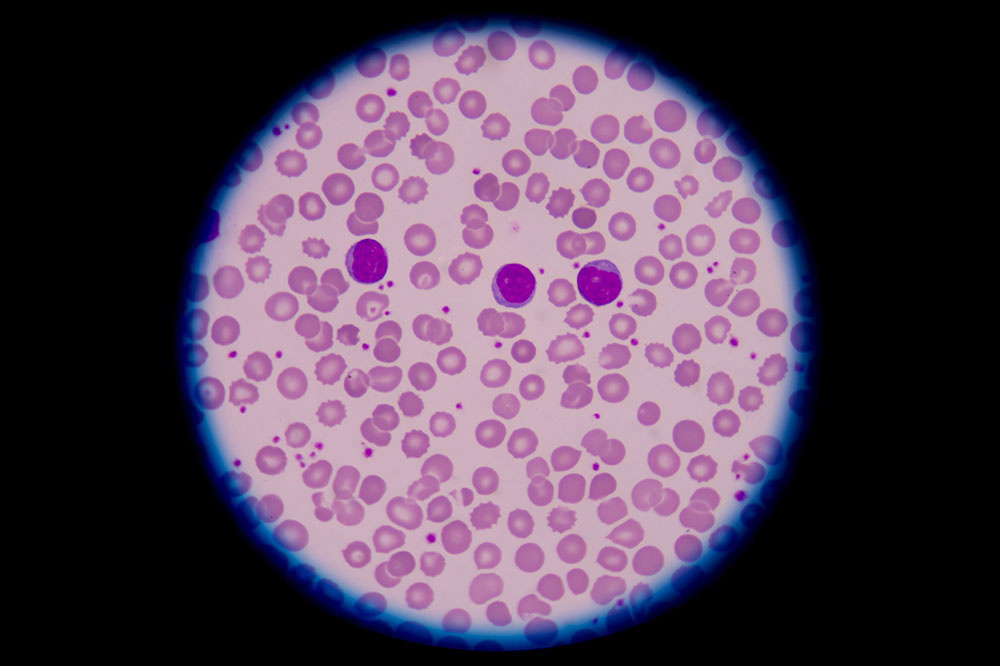Understanding Normal Blood Cell Levels: A Complete Guide
Learn about normal blood cell levels, including white blood cells, red blood cells, and platelets. This guide explains their functions, normal ranges, and the importance of regular testing for maintaining good health. Understanding these parameters helps in early detection of health issues like anemia, infections, or clotting disorders, ensuring timely medical intervention. Keep your blood levels balanced with routine check-ups and prompt medical attention when necessary to support overall well-being.

Understanding Normal Blood Cell Levels: A Complete Guide
Maintaining balanced levels of red blood cells, white blood cells, and platelets is vital for overall health. A doctor may request a complete blood count (CBC) to evaluate these components, helping detect issues like anemia, infections, or blood disorders, and monitor treatment effects such as chemotherapy. The essential cell types and their functions include:
White Blood Cells (WBCs) – Key for immune defense, WBC levels indicate infection or inflammation when elevated, and increased risk of infection when low. Normal WBC count ranges from 4,500 to 10,000 cells per microliter. Sudden unexplained inflammation warrants medical attention.
Red Blood Cells (RBCs) – Essential for oxygen transport and waste removal, low RBC levels can signify anemia. Normal counts are 5 to 6 million cells per microliter for men and 4 to 5 million for women.
Platelets – Critical for blood clotting, with normal ranges of 140,000 to 450,000 cells per microliter across genders. Monitoring platelet levels can prevent bleeding and clotting issues.
Regular blood tests are vital in detecting abnormalities in these cell counts, which can impact health significantly. An annual CBC is recommended to maintain optimal levels, ensuring immune function, oxygen delivery, and clotting processes remain balanced. Prompt medical consultation is advised if irregularities are detected.
Note: This article provides general health information derived from reputable research. It is not a substitute for professional medical advice. Always consult your healthcare provider for personalized diagnosis and treatment options. We are not responsible for discrepancies or errors across different sources or changes in medical guidelines.










